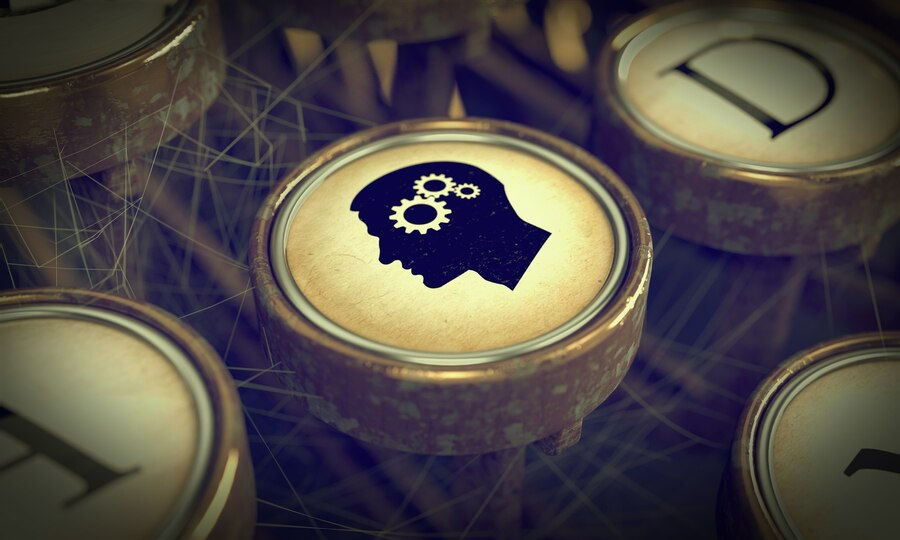Memorizing information can be a daunting task whether you’re a student cramming for exams a professional learning new skills or simply trying to recall a long list of items. This is where a mnemonic creator comes into play—a tool or technique designed to simplify complex information by making it more relatable and memorable. Imagine combining essential knowledge with catchy song lyrics or creative word associations to make learning not only easier but also fun. That’s the magic of mnemonics.
This article delves into what mnemonic creators are how they work and their applications across various aspects of life. From education to everyday memory challenges, we’ll explore why mnemonics are invaluable tools for enhancing memory and retention.
What Is a Mnemonic Creator?
A mnemonic creator is a method or tool designed to assist in remembering information by associating it with a pattern, phrase, image, or sound that is easier to recall. Mnemonics leverage cognitive psychology principles, making abstract or complicated data more relatable and digestible.
These creators can be manual (like forming acronyms or rhymes) or digital tools that generate mnemonic devices tailored to the user’s needs. Modern mnemonic creators may even integrate technology, like personalized playlists or gamified learning, to make the process interactive and engaging.
How Does a Mnemonic Creator Work?
Mnemonic creators simplify information by linking it to familiar concepts or structures. Here’s how they typically function:
- Chunking Information: Breaking down large data into smaller, manageable pieces.
- Creating Associations: Linking data to something familiar, like a rhyme, acronym, or visual image.
- Using Repetition: Reinforcing associations through repeated exposure.
- Integrating Emotions or Fun: Engaging emotions or creativity to strengthen recall.
For instance, the phrase “My Very Educated Mother Just Served Us Nachos” is a popular mnemonic for remembering the order of the planets in our solar system (Mercury, Venus, Earth, Mars, Jupiter, Saturn, Uranus, Neptune).
Types of Mnemonic Devices
Acronyms
Acronyms are formed by taking the first letters of a sequence of words and creating a new, memorable word or phrase. For example, HOMES is often used to recall the Great Lakes: Huron, Ontario, Michigan, Erie, and Superior.
Rhymes and Songs
Turning information into a rhyme or setting it to the tune of a song makes it easier to remember. For example, the rhyme “i before e, except after c” helps in spelling words like “receive.”
Imagery
Creating vivid mental images that relate to the information can significantly boost memory. For example, imagining a giant spider on a web to recall “arachnid” can make the term more memorable.
Acrostics
Acrostics involve creating a sentence where the first letter of each word corresponds to the item being remembered. For example, “Every Good Boy Deserves Fun” represents the musical notes E, G, B, D, F on a treble clef.
Chunking
This technique involves grouping information into smaller sections. For instance, breaking a phone number into segments (e.g., 123-456-7890) makes it easier to recall.
Applications of Mnemonic Creators
In Education
Mnemonic creators are widely used in classrooms to help students memorize facts, formulas, and vocabulary. They make studying interactive and fun, transforming dense material into manageable and engaging pieces.
In Professional Settings
Professionals in fields like law, medicine, or technology often rely on mnemonics to remember complex processes, terms, or protocols. Mnemonic tools streamline learning and improve efficiency.
In Everyday Life
Mnemonics are equally useful for daily challenges like remembering grocery lists, birthdays, or directions. They act as handy mental shortcuts that simplify routine tasks.
In Language Learning
Learning a new language can be daunting, but mnemonics help in memorizing vocabulary, grammar rules, and pronunciation. Associating foreign words with familiar sounds or phrases bridges the gap between unfamiliar and known concepts.
Benefits of Using a Mnemonic Creator
Enhanced Retention
Mnemonics help embed information in long-term memory by creating strong associations, ensuring that it sticks.
Increased Efficiency
Mnemonic creators condense large amounts of information into easily digestible chunks, saving time and effort during learning.
Fun and Engagement
By making the learning process creative and enjoyable, mnemonics reduce stress and increase motivation.
Versatility
Mnemonic tools can be adapted to any subject or context, from academic studies to practical daily uses.
How to Create Effective Mnemonics
Understand the Content
Start by breaking down the information you need to remember. Identify key points or patterns that can be linked creatively.
Make It Personal
Relate the mnemonic to something meaningful or familiar to you, such as a favorite song, memory, or interest.
Use Humor
Incorporating humor or absurdity makes mnemonics more memorable. The sillier, the better!
Keep It Simple
An effective mnemonic should be easy to recall and repeat. Avoid overly complicated associations.
Tools and Resources for Mnemonic Creation
Online Mnemonic Generators
Web-based tools allow users to input data and receive custom mnemonic suggestions, saving time and effort.
Apps
Apps like Quizlet integrate mnemonic creation with interactive learning features, such as flashcards and quizzes.
DIY Methods
A notebook and a bit of creativity are often all you need to start crafting personalized mnemonics.
Music-Based Tools
Some tools let you integrate mnemonics into playlists, using favorite songs to reinforce memory.
The Science Behind Mnemonics
Mnemonics work by leveraging the brain’s natural preference for patterns and associations. They engage multiple areas of the brain, including those responsible for language, imagery, and emotions. This multi-faceted activation enhances recall and strengthens neural connections.
Studies in cognitive psychology consistently show that mnemonic devices improve memory retention, especially when compared to rote memorization.
Mnemonics in History and Culture
Mnemonics have been used for centuries, from ancient oral traditions to modern education systems. The “method of loci,” where information is mentally placed in a familiar location, dates back to ancient Greece and is still a popular mnemonic technique today.
The Future of Mnemonic Tools
As technology evolves, so too does the potential for advanced mnemonic creators. Future tools may incorporate:
- AI-Powered Personalization: Tailored mnemonics based on individual learning styles.
- Gamification: Interactive games that embed mnemonics into fun challenges.
- VR and AR Integration: Immersive environments that associate information with visual or spatial cues.
Conclusion
A mnemonic creator is much more than a memory aid; it’s a gateway to effective, engaging learning. Whether you’re tackling academic challenges, mastering professional skills, or organizing daily life, mnemonics provide the structure and creativity needed to simplify complex information. By leveraging these tools and techniques, you can enhance your memory, boost efficiency, and make learning an enjoyable journey.
FAQs
What is a mnemonic creator?
A mnemonic creator is a tool or technique designed to help you remember information by associating it with patterns, phrases, or images.
Can anyone use mnemonics?
Yes, mnemonics are versatile and can be used by anyone, regardless of age or learning style.
How do mnemonics improve memory?
Mnemonics enhance memory by creating strong associations and engaging multiple areas of the brain.
What are some examples of mnemonic devices?
Common examples include acronyms, rhymes, imagery, and acrostics like “HOMES” for the Great Lakes.
Are there apps for creating mnemonics?
Yes, apps like Quizlet offer tools to create and integrate mnemonics into interactive learning experiences.
Can mnemonics be used for long-term memory?
Absolutely! Mnemonics are effective for embedding information into long-term memory, especially with repeated use.







